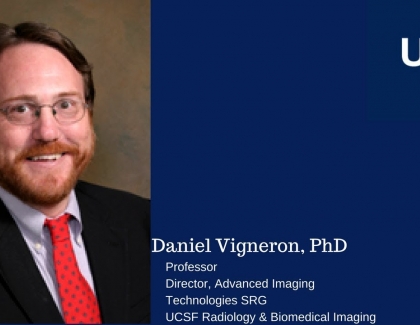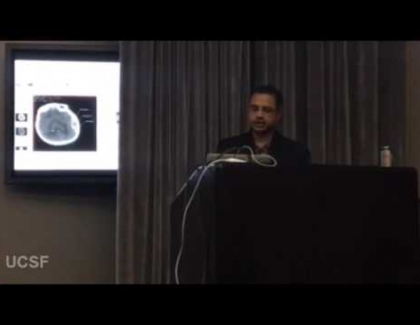Exploring the Effects of Concussions On the Brain
Embedded video for Exploring the Effects of Concussions On the Brain
UCSF Radiologist Dr. Pratik Mukherjee describes how advanced medical imaging aids research on the effects of concussions and mild traumatic brain injuries.
Neuroimaging practiced medically is generally referred to as Cat-scans or CT scans of the head and also MRI scans of the brain. It can also refer to the imaging of the spine as well as the neck. Patients who suffered a mild traumatic brain injury, concussions for example will be scanned. We scan the patients early after the injury and then we can scan them a month later and a year later and some of the patients have lesions on their MRI’s due to the head injury contusions which are basically bruises on the brain which affect the cortex of the brain. Other patients have little hemorrhages within the white matter of the brain called microhemorrhages that show up as little black dots that indicates a patient’s injury at the structural level. Functional MRI shows early after the injury that the areas that are responsible for memory and attention are often altered such that the area is less active after the concussion compared to a normal person. However, after 6 months to a year those areas may become more active, it can become hyperactive compared to a normal subject. Neuroimaging has given insights in the underlying science of how the brain works and networks involved in the processes and how can they be disrupted by a head injury. This information can help tailor treatment for these subject. Perhaps people with concussion who are at risk for persistent problems may benefit from our cognitive enhancement therapy, antidepressants, and cognitive therapy like specialized video games that help improve their memory and their ability to pay attention and so forth.


